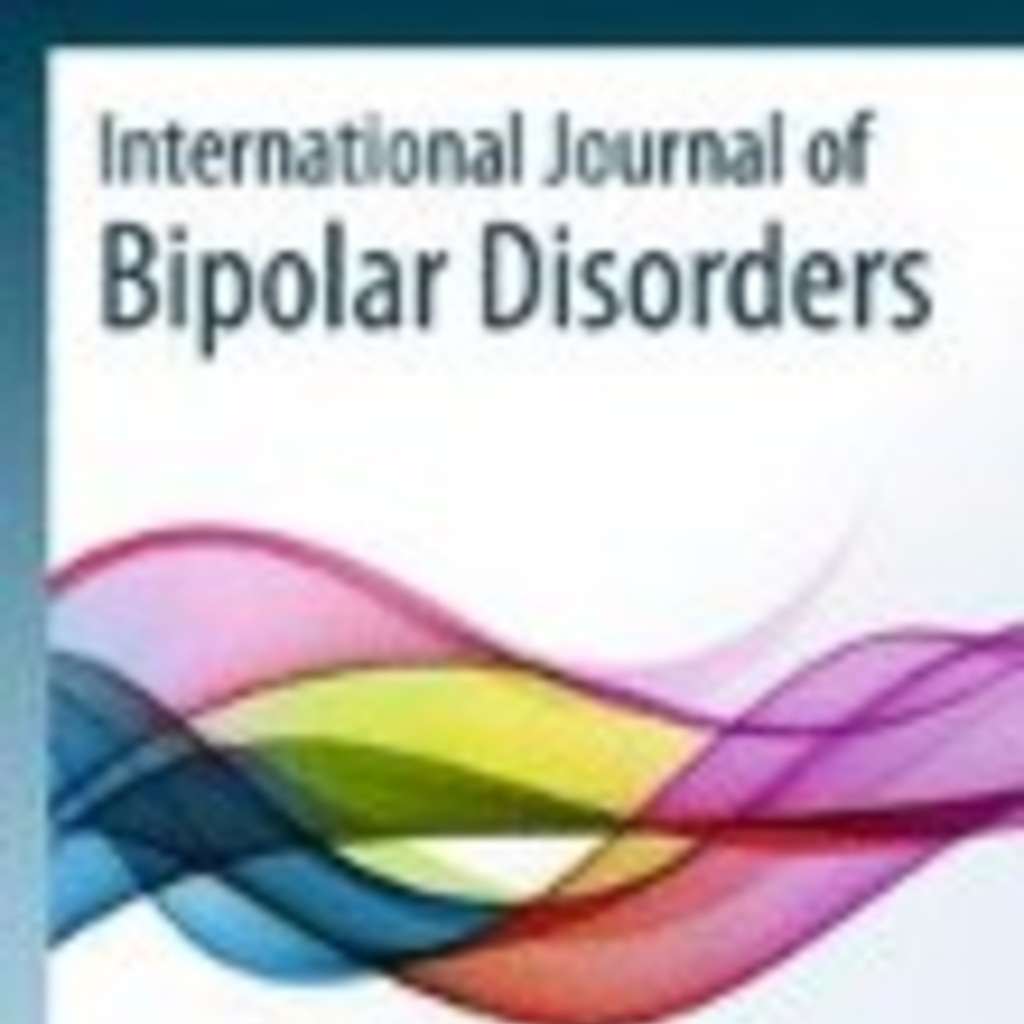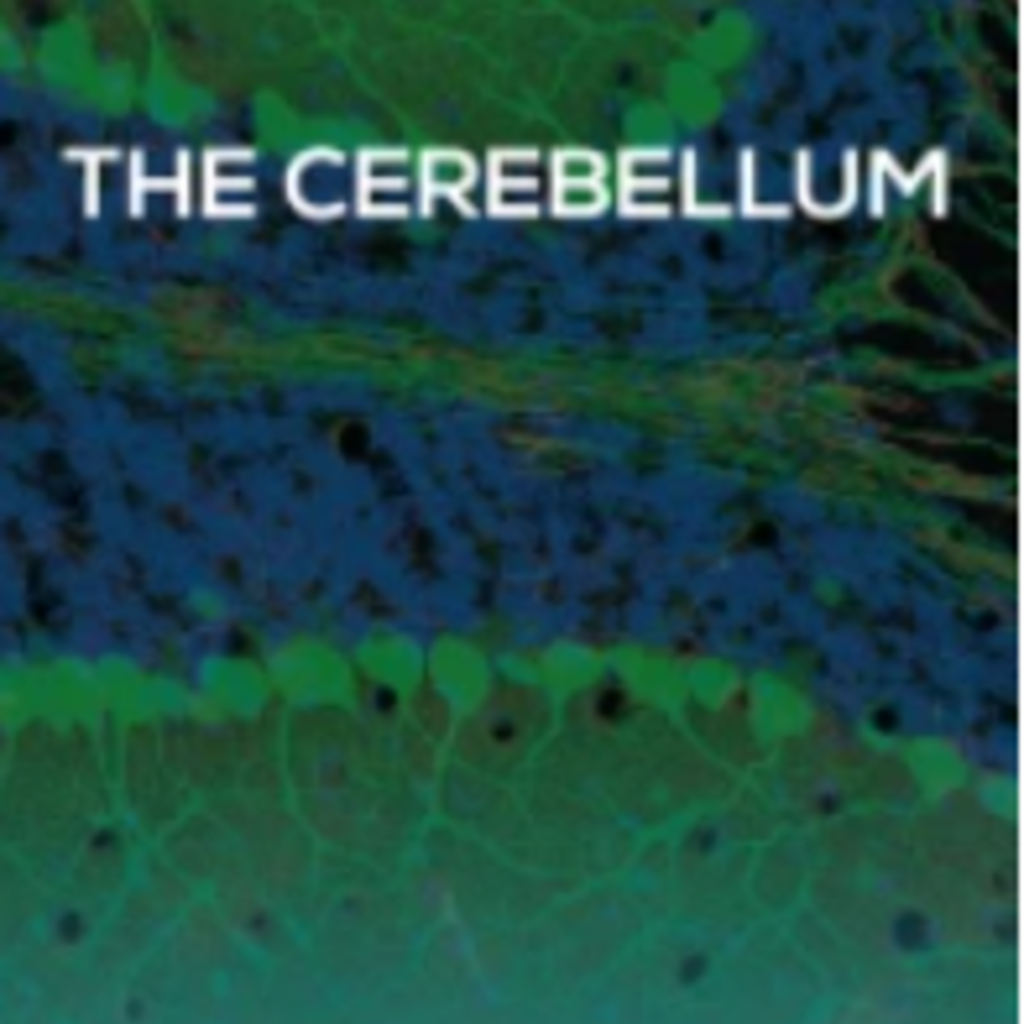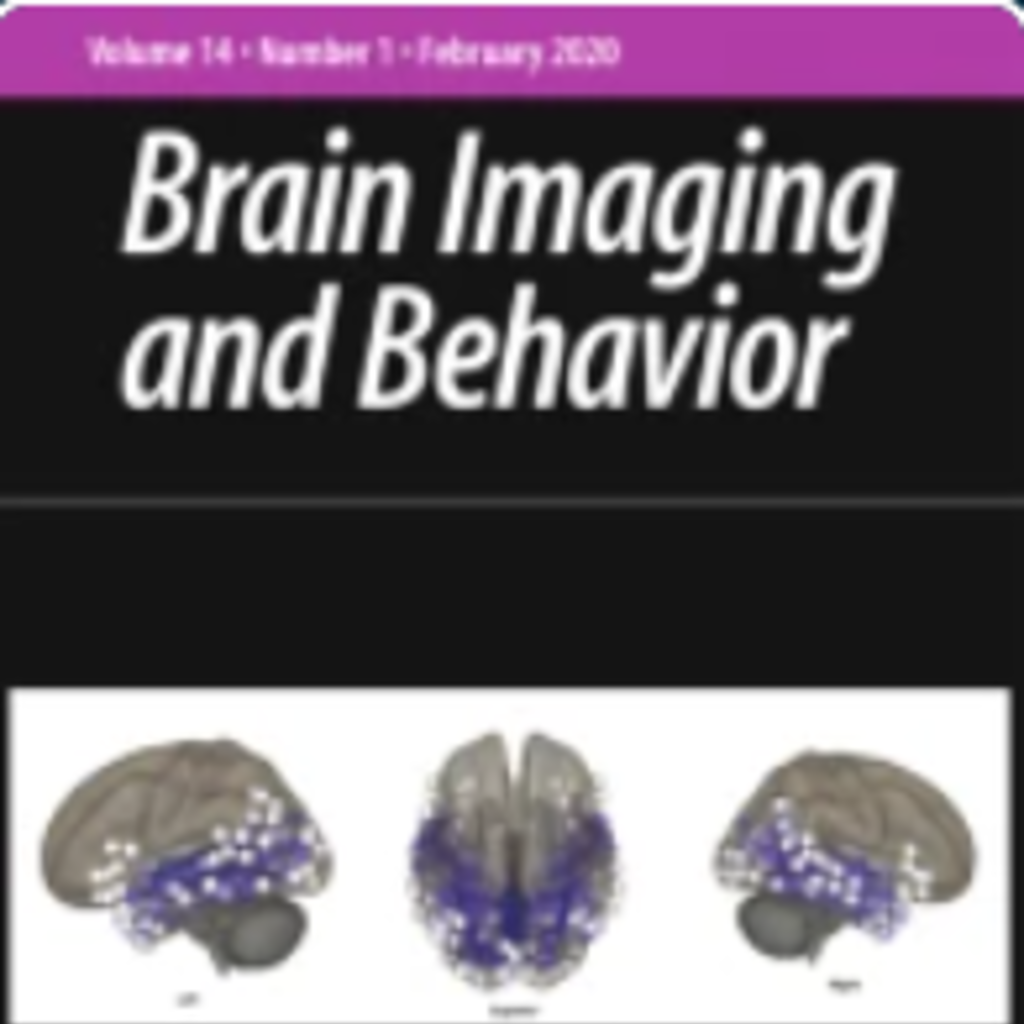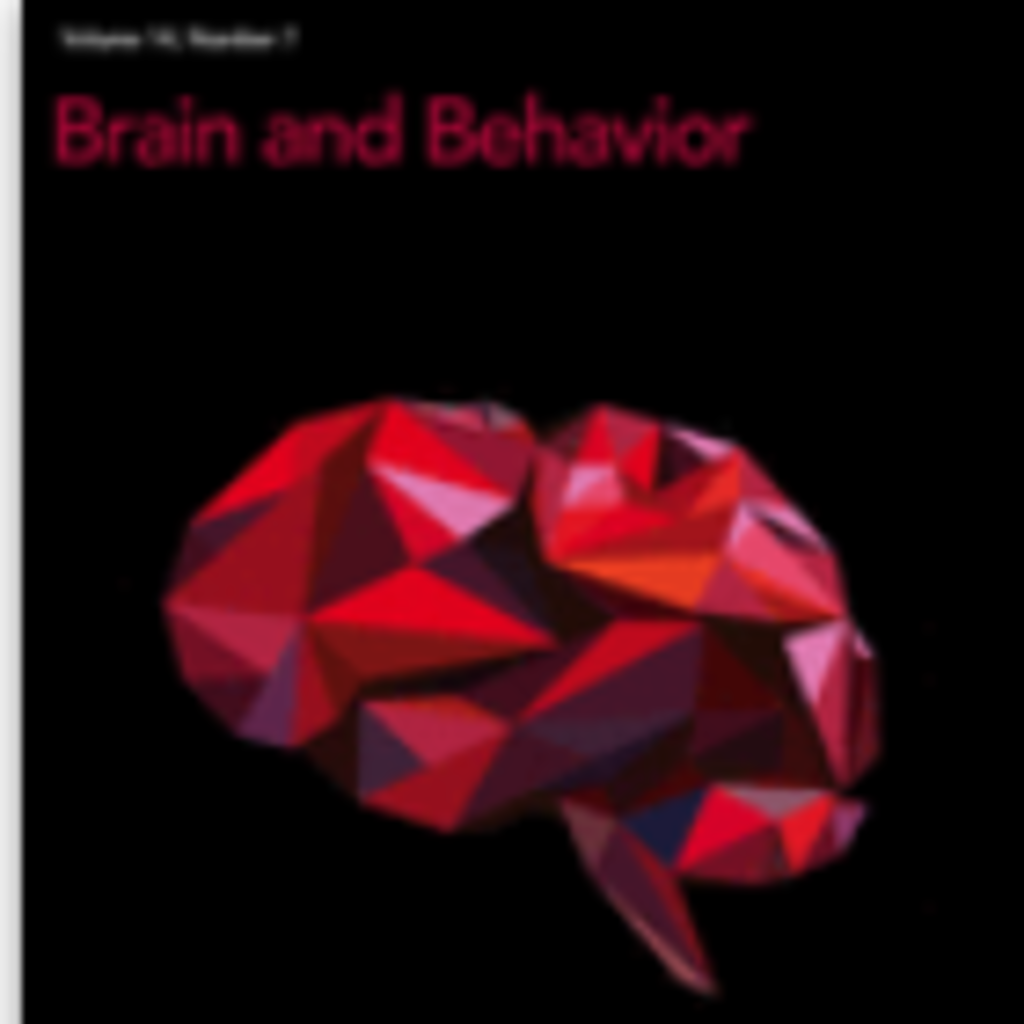
December 2025
Purpose: Obtaining in-person data across multiple mood states in bipolar disorder is challenging. If regular visit intervals are used, a participant's mood may be the same across all visits and not provide additional information. Mood tracking may help optimize scheduling of in-person visits to reduce participant burden and study costs, but administering full clinical mood scales is time-intensive. In this study, we used the self-report Aktibipo Self-Rating Questionnaire (ASERT) to track mood to help us schedule follow-up neuroimaging visits. Most participants filled out the ASERT each week, and it took them only about a minute to complete. We found the ASERT was consistent with clinical mood scale ratings and was valuable in detecting changes in mood for scheduling another neuroimaging visit, especially when considering depression symptoms.

June 6, 2025
Purpose: Individuals with bipolar disorder are at increased risk for suicide, and this can be influenced by a range of biological, clinical, and environmental risk factors. Biological components associated with suicide include DNA modifications that lead to changes in gene expression. Common genetic variation and DNA methylation changes are some of the most frequent types of DNA findings associated with an increased risk for suicidal behavior. Importantly, the interplay between genetic predisposition and DNA methylation patterns is becoming more prevalent in genetic studies. We hypothesized that DNA methylation patterns in specific loci already genetically associated with suicide would be altered in individuals with bipolar disorder and a history of suicide attempt.

May 30, 2025
Purpose: DNA methylation is a dynamic modification to DNA that changes throughout our lifetime due to a variety of extrinsic and intrinsic factors. This study aimed to investigate whether DNA methylation patterns in a gene previously associated with suicide death (ARHGEF38) was associated with a history of suicide attempts in individuals with bipolar disorder. To do this, we extracted DNA from whole blood samples from individuals with bipolar disorder (with and without a history of suicide attempts), and a control group without bipolar disorder. Using a targeted technique called pyrosequencing, we examined the methylation levels of three specific CpG sites within the ARHGEF38 gene. This study found no significant differences in methylation levels between the groups at the three CpG sites analyzed. However, we did identify genetic variation close to the CpG sites that were associated with the identified DNA methylation patterns. This study did not replicate the previous finding that linked ARHGEF38 to suicide death. Several differences between the previous study and this one may have influenced the negative finding, including the suicide phenotype, the tissue type, and the presence of genetic variation. This study is still notable as it highlights the complex interplay between genetic variants and DNA methylation patterns in epigenetic research.

April 1, 2025
Purpose: Bipolar disorder is a serious mental health condition linked to immune system changes and a higher risk of suicide. In this study, we looked at blood samples from people with bipolar disorder and healthy individuals to better understand these immune differences. We examined various parts of the blood—including cells, proteins, genes, and DNA—from people with bipolar disorder and compared them to healthy controls. People with bipolar disorder had more monocytes (a type of immune cell) and fewer T helper cells. They also had higher levels of many inflammation-related proteins. We found changes in gene activity and genetic links between bipolar disorder and inflammatory bowel disease. These results suggest that bipolar disorder involves immune system changes and shares genetic traits with other inflammatory conditions. This could help guide future research and treatment strategies.

February 14, 2025
Purpose: About half of people with bipolar I disorder (BD-I) experience psychotic symptoms, and around 1 in 5 report hearing voices (auditory hallucinations). While this is known to affect outcomes in other disorders like schizophrenia, less is known about its impact in BD-I. We compared people with BD-I who had experienced auditory hallucinations (36 people) to those who hadn’t (83 people), looking at symptoms and life circumstances. Those who had auditory hallucinations had more severe manic and psychotic symptoms. They were also more likely to report lower social status and unemployment. Auditory hallucinations in BD-I may be linked to more severe illness and greater life challenges. Understanding this group better could help improve care and support.

January 2025
Purpose: A recent clinical trial tested a brain stimulation technique called intermittent theta burst stimulation (iTBS) on people with bipolar disorder. The treatment targeted a part of the brain called the cerebellar vermis and was given twice a day for 10 sessions. Researchers wanted to see if it could safely improve mood and thinking. Both the real and fake (sham) treatments led to noticeable improvements in depression and thinking skills, suggesting a strong placebo or learning effect. The real treatment also showed better results in areas like life satisfaction and reaction time. Only two participants—one from each group—had mood shifts toward mania during follow-up. Overall, the treatment was safe and well-tolerated. Future studies may adjust how and where the stimulation is applied to improve results.

December 11, 2024
Purpose: People with bipolar disorder are more likely to attempt suicide. We used a set of self-report emotional measures called the NIH Toolbox Emotion Battery to see if we could use it identify those with a history of suicide attempts. We found that certain emotional factors like stress, lack of support, low self-efficacy, anger, rejection, and loneliness were important. The Emotion Battery measures were more accurate than traditional mood scales in identifying past suicide attempts. This tool could help in understanding and reducing suicide risk in bipolar disorder.

September 24, 2024
Purpose: Bipolar disorder (BD) is a chronic psychiatric mood disorder that is solely diagnosed based on clinical symptoms. These symptoms often overlap with other psychiatric disorders. Efforts to use machine learning (ML) to create predictive models for BD based on data from brain imaging are expanding but have often been limited using only a single modality and the exclusion of the cerebellum, which may be relevant in BD. In this study, we sought to improve ML classification of BD by combining information from structural, functional, and diffusion-weighted imaging.

Jan 31, 2024
Purpose: Suicide attempt (SA) risk is elevated in individuals with bipolar disorder (BD), and DNA methylation patterns may serve as possible biomarkers of SA. We conducted epigenome-wide association studies (EWAS) of blood DNA methylation associated with BD and SA. DNA methylation was measured at > 700,000 positions in a discovery cohort of n = 84 adults with BD with a history of SA (BD/SA), n = 79 adults with BD without history of SA (BD/non-SA), and n = 76 non-psychiatric controls (CON). EWAS revealed six differentially methylated positions (DMPs) and seven differentially methylated regions (DMRs) between BD/SA and BD/non-SA, with multiple immune-related genes implicated.

November 1, 2023
Purpose: The neural underpinnings of bipolar disorder (BD) remain poorly understood. The cerebellum is ideally positioned to modulate emotional regulation circuitry yet has been understudied in BD. Literature suggests differences in cerebellar activity and metabolism in BD, however findings on structural differences remain contradictory. Potential reasons include combining BD subtypes, small sample sizes, and potential moderators such as genetics, adverse childhood experiences (ACEs), and pharmacotherapy. We collected 3 T MRI scans from participants with (N = 131) and without (N = 81) BD type I, as well as blood and questionnaires. We assessed differences in cerebellar volumes and explored potentially influential factors.

October 1, 2023
Purpose: Widely reported by bipolar disorder (BD) patients, cognitive symptoms, including deficits in executive function, memory, attention, and timing are under-studied. Work suggests that individuals with BD show impairments in interval timing tasks, including supra-second, sub-second, and implicit motor timing compared to the neuronormative population. However, how time perception differs within individuals with BD based on BD sub-type (BDI vs II), mood, or antipsychotic medication-use has not been thoroughly investigated. The present work administered a supra-second interval timing task concurrent with electroencephalography (EEG) to patients with BD and a neuronormative comparison group. As this task is known to elicit frontal theta oscillations, signal from the frontal (Fz) lead was analyzed at rest and during the task.

May 4, 2023
Purpose: Studies of the neural underpinnings of bipolar type I disorder have focused on the emotional control network. However, there is also growing evidence for cerebellar involvement, including abnormal structure, function, and metabolism. Here, we sought to assess functional connectivity of the cerebellar vermis with the cerebrum in bipolar disorder and to assess whether connectivity might depend on mood.

March 6, 2023
Purpose: Bipolar disorder (BD) has been previously associated with premature mortality and aging, including acceleration of epigenetic aging. Suicide attempts (SA) are greatly elevated in BD and are associated with decreased lifespan, biological aging, and poorer clinical outcomes. We investigated the relationship between GrimAge, an epigenetic clock trained on time-to-death and associated with mortality and lifespan, and SA in two independent cohorts of BD individuals (discovery cohort - controls (n = 50), BD individuals with (n = 77, BD/SA) and without (n = 67, BD/non-SA) lifetime history of SA; replication cohort - BD/SA (n = 48) and BD/non-SA (n = 47)).

June 2022
Purpose: Posterior fossa arachnoid cysts (PFACs) are rare congenital abnormalities observed in 0.3 to 1.7% of the population and are traditionally thought to be benign. While conducting a neuroimaging study investigating cerebellar structure in bipolar disorder, we observed a higher incidence of PFACs in bipolar patients (5 of 75; 6.6%) compared to the neuronormative control group (1 of 54; 1.8%). In this report, we detail the cases of the five patients with bipolar disorder who presented with PFACs. Additionally, we compare neuropsychiatric measures and cerebellar volumes of these patients to neuronormative controls and bipolar controls (those with bipolar disorder without neuroanatomical abnormalities).

March 15, 2022
Purpose: Bipolar type I disorder (BD) is characterized by severe mood swings and occurs in about 1% of the population. The mechanisms underlying the disorder remain unknown. Prior studies have suggested abnormalities in brain metabolism using 1H and 31P magnetic resonance spectroscopy (MRS). Supporting altered metabolism, in previous studies we found T1ρ relaxation times in the cerebellum were elevated in participants with BD. In addition, T1ρ relaxation times in the basal ganglia were lower in participants with BD experiencing depressed mood. Based on these findings, this study sought to probe brain metabolism with a focus of extending these assessments to the cerebellum.

October 2, 2021
Purpose: Despite the high risk for suicide, relatively few studies have explored the relationship between suicide and brain imaging measures in bipolar disorder. In addition, fewer studies have explored the possibility that altered brain metabolism may be associated with suicide attempt. To begin to fill in these gaps, we evaluated functional (task based fMRI) and metabolic (quantitative T1ρ) differences associated with suicide attempt in participants with bipolar disorder. Thirty-nine participants with bipolar disorder underwent fMRI during a flashing checkerboard task and 27 also underwent quantitative T1ρ. The relationship between neuroimaging and history of suicide attempt was tested using multiple regression while adjusting for age, sex, and current mood state

January 7, 2018
Purpose: Quantitative T1ρ mapping is a magnetic resonance imaging technique sensitive to pH and other cellular and microstructural factors and is a potentially valuable tool for identifying brain alterations in bipolar disorder. Recently, this technique identified differences in the cerebellum and cerebral white matter of euthymic patients versus healthy controls consistent with reduced pH in these regions, suggesting an underlying metabolic abnormality. The current study builds upon this prior work to investigate brain T1ρ differences across euthymic, depressed, and manic mood states of bipolar disorder.

September 14, 2017
Purpose: Functional neuroimaging typically relies on the blood-oxygen-level–dependent (BOLD) contrast, which is sensitive to the influx of oxygenated blood following neuronal activity. A new method, functional T1 relaxation in the rotating frame (fT1ρ) is thought to reflect changes in local brain metabolism, likely pH, and may more directly measure neuronal activity. These two methods were applied to study activation of the visual cortex in participants with bipolar disorder as compared to controls. Thirty-nine participants with bipolar disorder and 32 healthy controls underwent functional neuroimaging during a flashing checkerboard paradigm. Functional images were acquired in alternating blocks of BOLD and fT1ρ. Linear mixed-effect models were used to examine the relationship between these two functional imaging modalities and to test whether that relationship was altered in bipolar disorder.

July 3, 2017
Purpose: Bipolar disorder is characterized by recurring episodes of depression and mania. Defining differences in brain function during these states is an important goal of bipolar disorder research. However, few imaging studies have directly compared brain activity between bipolar mood states. Herein, we compare functional magnetic resonance imaging (fMRI) responses during a flashing checkerboard stimulus between bipolar participants across mood states (euthymia, depression, and mania) in order to identify functional differences between these states.

November 15, 2015
Purpose: Bipolar disorder carries a substantive morbidity and mortality burden, particularly related to cardiovascular disease. Abnormalities in peripheral inflammatory markers, which have been commonly reported in case-control studies, potentially link these co-morbidities. However, it is not clear whether inflammatory markers change episodically in response to mood states or are indicative of chronic pro-inflammatory activity, regardless of mood, in bipolar disorder. This is the first study of inflammation across distinct states of bipolar disorder to establish a sole primary hypothesis while simultaneously assessing patterns of inflammation across a variety of markers with neuroimaging correlates.

February 19, 2015
Purpose: Bipolar I disorder is a common and debilitating disorder for which the causes remain unknown and treatments are often inadequate. Also unclear are the mechanisms by which lithium and other therapies reduce bipolar symptoms. Here, participants with bipolar I disorder in the euthymic state were imaged using a novel magnetic resonance brain imaging technique referred to as quantitative T1ρ mapping.

January 6, 2015
Purpose: Abnormal metabolism has been reported in bipolar disorder, however, these studies have been limited to specific regions of the brain. To investigate whole-brain changes potentially associated with these processes, we applied a magnetic resonance imaging technique novel to psychiatric research, quantitative mapping of T1 relaxation in the rotating frame (T1ρ). This method is sensitive to proton chemical exchange, which is affected by pH, metabolite concentrations and cellular density with high spatial resolution relative to alternative techniques such as magnetic resonance spectroscopy and positron emission tomography.